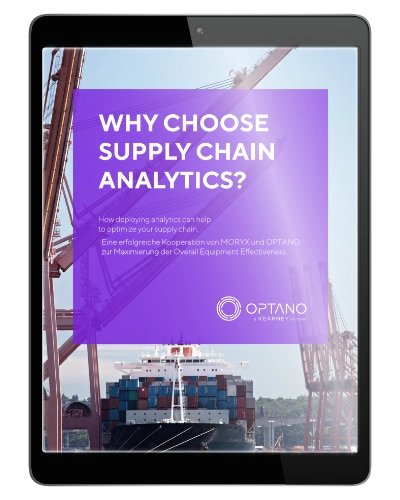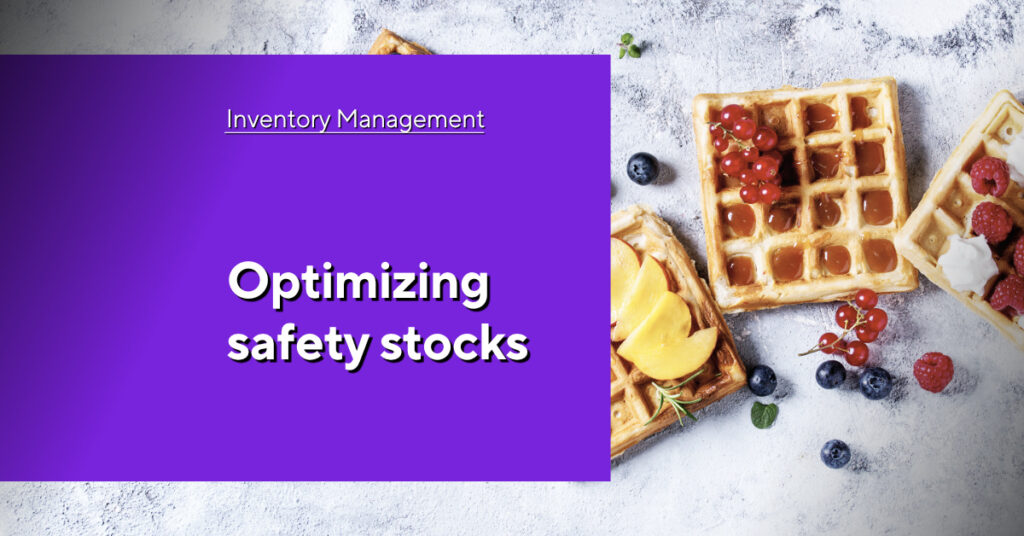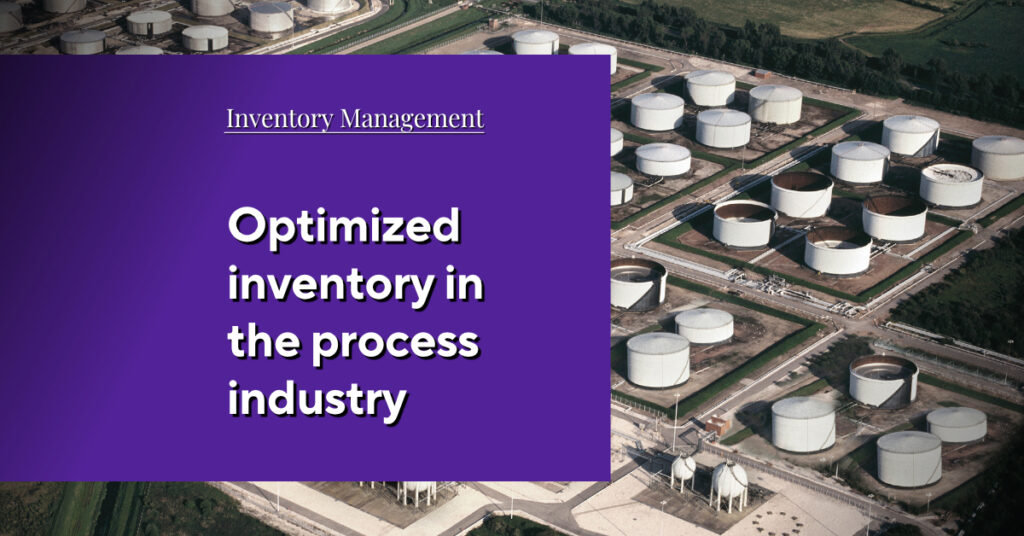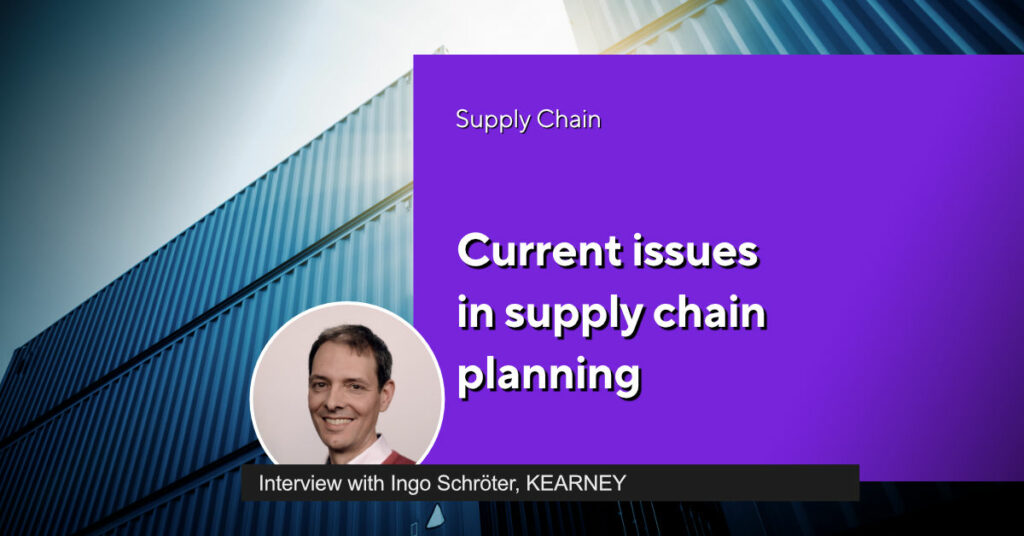What's new?
OPTANO software solution for network optimization
The OPTANO software solution for network optimization has been extensively revised and enhanced in recent months. Version 3 has now been released with a host of new features to help users plan their networks even better. Read the interview with Lovis Anderson, Product Owner of the software, to learn more about the new features of the network optimization solution.
The OPTANO software solution for network optimization was developed with specific markets in mind. Which companies in particular benefit from using the software and why?

Companies with complex production and distribution networks particularly benefit from using a specialized solution for network optimization. By analyzing and optimizing these networks, hidden potential can be uncovered and exploited. What-if scenarios can be used not only to make well-founded strategic decisions, but also to increase the resilience of the supply chain in a targeted manner. This leads to a more efficient use of resources, cost savings and increased adaptability to market changes. Industries such as the automotive industry, logistics and retail can particularly benefit from these advantages.
Before we get to the new features of the software, a question about you: Lovis, you are the product owner of this software solution. What exactly is your job?

As a Product Owner, my main task is to understand the needs of our current and future customers. By understanding the customer’s problems, I can design suitable solutions together with the development team. Our software developers and UX designers then take over the actual implementation. Given the large number of good ideas from our customers and internally at OPTANO, it is also my job to prioritize them and select the ones that will bring the greatest benefit to our users.
Modern user experience and simple operation
Dominik Hollmann, Head of Products, already hinted at the innovations we can expect in the first half of 2024 in the interview What can we expect in the first half of 2024? hinted at the innovations we could expect in our software solution. What has changed since the last version?

We had the great opportunity to rethink all the concepts and features of the software from the ground up and revise or replace them. Of course, we benefited from more than 10 years of project work. This has resulted in many valuable concepts that significantly improve the usability of the entire software. A good example is groups for materials and locations, which allow complex business logic to be represented in a single table row. We also consistently allow the use of different units for materials and currencies for cost representation.
In addition to these thoughtful concepts, we have also developed some exciting new features. One highlight is a map that fluidly visualizes even more than 100,000 flows and aggregates them as needed to reveal the structure of the network flow despite the high information density.
By redeveloping the entire solution, we were able to concentrate fully on the web application. The result is not only a modern user experience, but also a simplified operation. This can be seen, for example, in the pivot views for tables, which not only perform well with large amounts of data, but can also be fully configured by the user and allow different scenarios to be compared.
That really sounds like significant new features that have been designed for the new version of the software. Can you tell us about another feature that has been part of the solution since version 3?

With our new constraints, we offer users maximum flexibility when modeling their business processes. Every company has specific characteristics, and this is also reflected in the supply chain. With the new constraints, we can integrate many of these special features into our model using an easily accessible framework.
An illustrative example is a supermarket chain: frozen goods require a different mode of transportation than longer-life products. If only a limited number of frozen goods trolleys are available, this restriction can be mapped using the new constraints. Another use case in distribution is the decision as to whether partial loads or full truck loads should be used for goods deliveries. For smaller loads, it makes more sense to book capacities in trucks. Above a certain size, however, it is more cost-efficient to use the entire truck. With the help of the constraints, the model can make the optimal decision.
This flexibility enables companies to map their specific requirements precisely and thus make more efficient and cost-effective decisions.
More interesting articles
Your team is constantly working on further innovations. Could you give us a brief outlook on future developments and priorities?

First of all, we will continue to improve reporting. Over the past six months, we have invested a lot of time in user research together with an agency and our new UX team and developed innovative concepts based on this. We look forward to continuing to implement many of these ideas in order to help our customers even better exploit the full potential of their network. Furthermore, our goal is to be able to answer more comprehensive questions from our customers. This is our core competence: identifying business problems and translating them into optimization models that we solve 100% optimally.
We would like to thank Lovis for this interview and would like to point out that our contact persons will be happy to answer any questions you may have and that you can arrange a demo appointment at any time. Further information, such as release notes, can be found here.
Do you already know our factsheet on the topic?
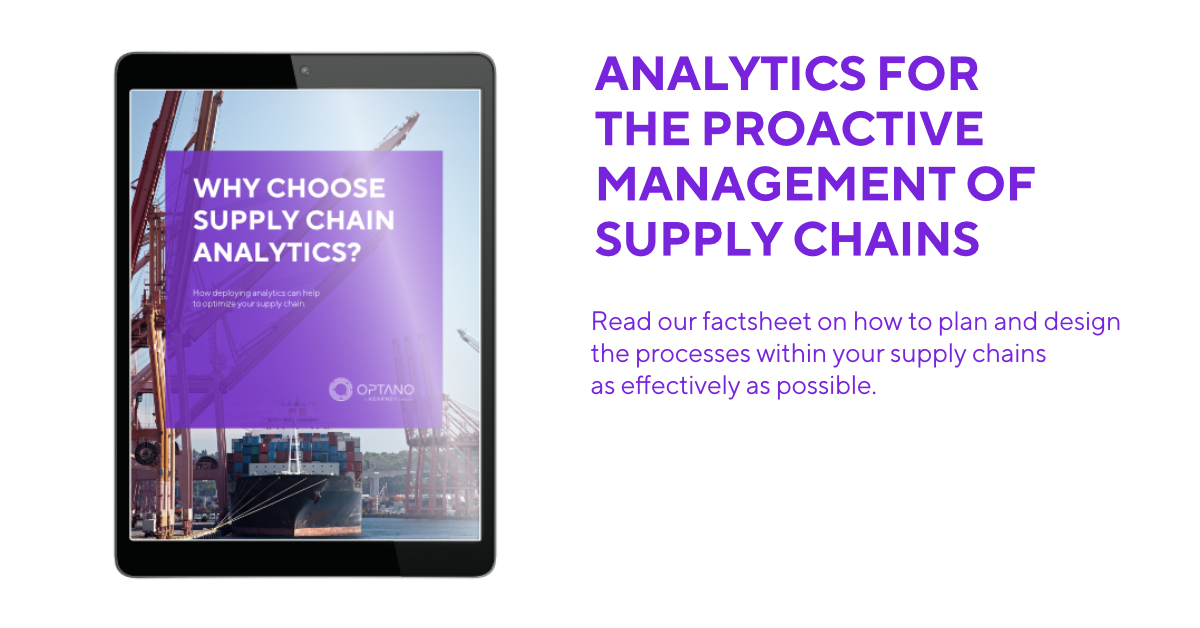
In our factsheet “Why choose supply chain analytics?” we describe the different types of supply chain analytics. You will discover how supply chain analytics works and how it can help to optimize your company’s supply chain.
To obtain our factsheet, all you need to do is enter your contact details in the space below. A pop-up window will then open to download the whitepaper. Please note that by providing us with your email address, you agree that we may contact you on this topic. You may revoke this agreement at any time by contacting privacy@optano.com.

